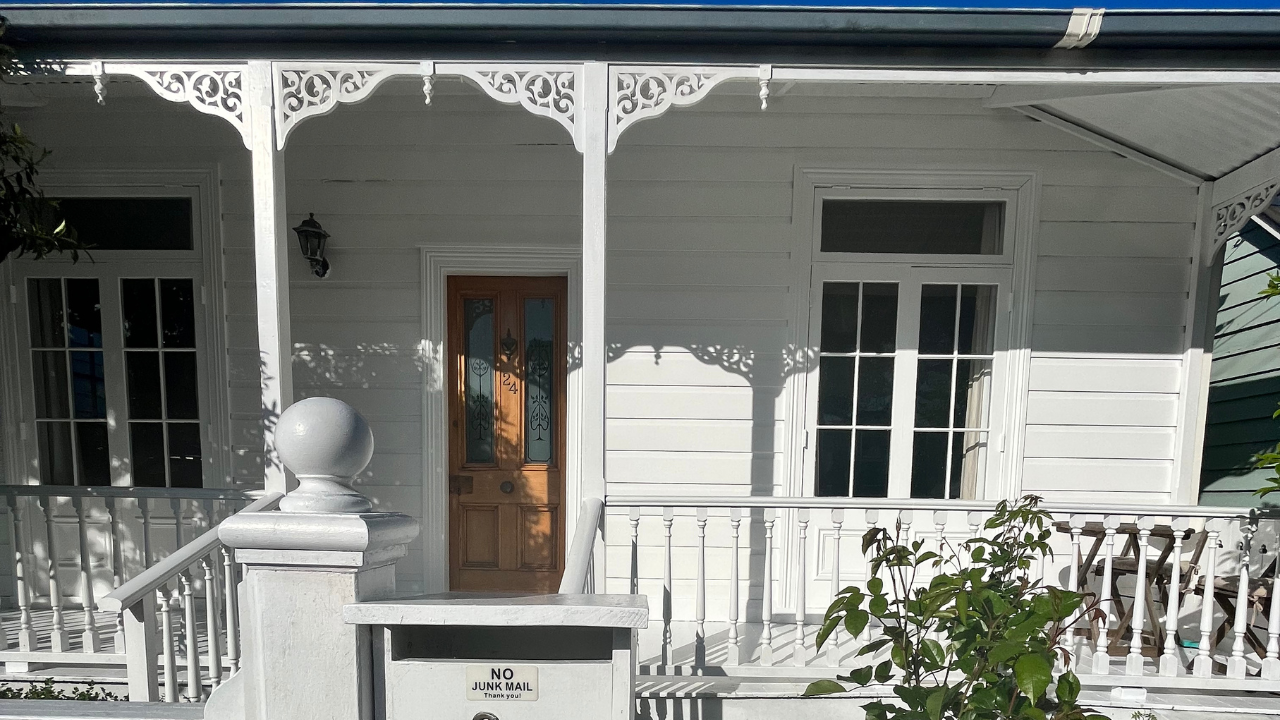Renovating a pre-1940s character home? Read this first

There are around 180,000 character homes in New Zealand; that is, ones built before 1940, and renovating them comes with a minefield of unknown and unexpected costs. I’ve spoken with so many homeowners over the years who have bought the elusive ‘character do-up’ without realising what they’re getting into. Thinking it’s a good way to get a foot on the ladder, and that a lick of paint and some polished floorboards will do the trick, but it’s often a lot more complex than that.
These complex issues? Allow me to elaborate on the most expensive ones that come up – but note that this list isn’t exhaustive!
Insulating your walls
New Zealand homes have a reputation for being poorly insulated and bringing an older home up to Code is generally near the top of a renovators to-do list. Where people are caught out, is thinking that it’s as simple as removing old wall linings, installing insulation and then fixing new plasterboard (if you can get it!).
Adding insulation into older homes is fraught with issues and hidden costs due to the state of existing framing. Not only is the framing unlikely to be flush, it often has no nogs or dwangs (horizontal framing) and the studs (vertical framing) are likely to be at the incorrect centres (distances) to catch plasterboard fixings. Older weatherboard homes rarely have building paper between cladding and framing, so if you’re insulating external walls you’ll need to line the cavities between framing with building paper to provide a moisture barrier before closing the walls up again too.
This is just the beginning of cost overruns you’ll experience when insulating your walls – other things will be triggered like needing to replace finishing lines (skirting, scotia, architraves) as well as issues with working in high-ceiling’d homes.
Modifying your plumbing
Replacing bathrooms, kitchens and laundries are also on a renovators to-do list. If you prioritise the aesthetics ahead of the plumbing that needs to service it, then you risk having to re-do your renovation.
Whether it’s original galvanised steel or copper plumbing, or polybutylene (specifically Dux Quest) that was installed in the 70s/80s, you need to replace it because it has likely already started to perish. There’s nothing more heart-breaking for a homeowner than having to rip out a freshly tiled bathroom because an old pipe that wasn’t replaced ‘suddenly’ burst.
Upgrading your electrical
It’s not uncommon to find original meter boards and wiring in these older homes – especially when the property has only just come to market after being in the same family for decades with no upgrades. They’re simply not equipped to deal with modern life. This is something I’ve experienced first-hand. We settled and moved into our 1880s worker’s cottage in Grey Lynn during L3 lockdown and couldn’t get the electrical upgrades completed straight away. The previous owner had very few electrical appliances, so by the time we added a dishwasher, dryer, heaters and coffee machine the power was tripping every 5mins and it became clear that some additional circuits were needed, and that was just the start!
Securing house insurance
Issues with character homes, particularly unrenovated ones, are very familiar to insurance companies. If you try secure house and contents insurance for a pre-1940s dwelling there will be a series of questions you’ll need to answer about the piling, plumbing, electrical wiring (and so on!) that have an impact on either your ability to get insurance, or the premiums charged. The sooner you can address some of the majors, the better it is for your cover, as you might find damage caused from a burst decades old pipe isn’t actually covered!
Keen to get me onto your renovation a-team?



